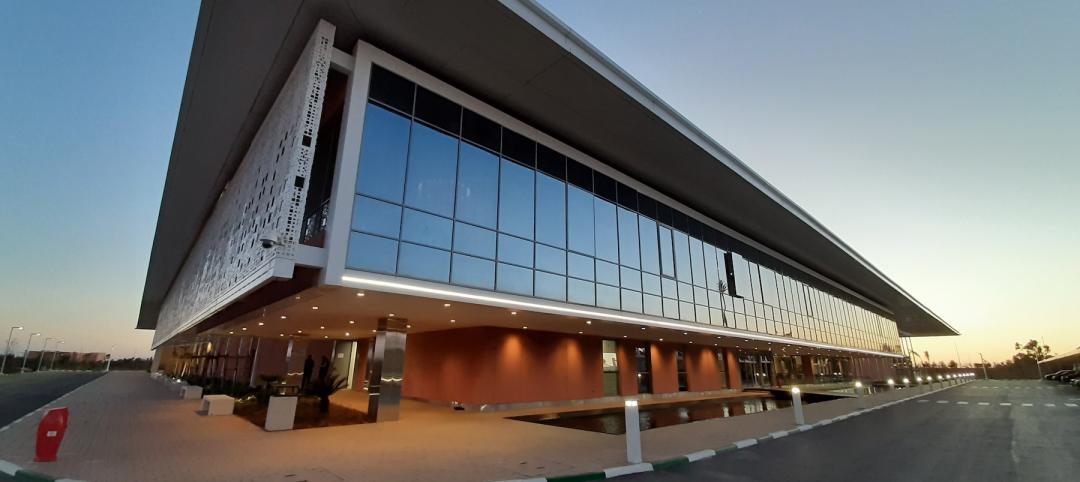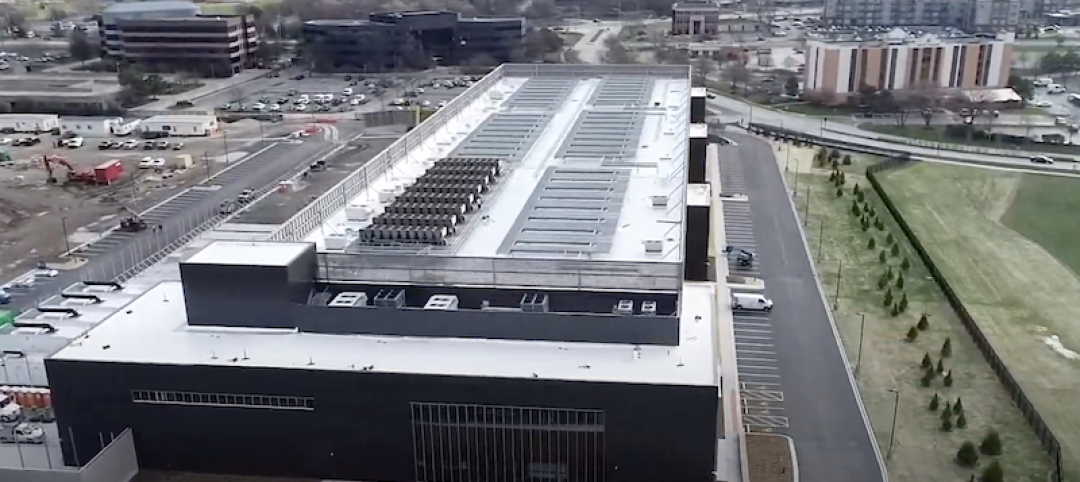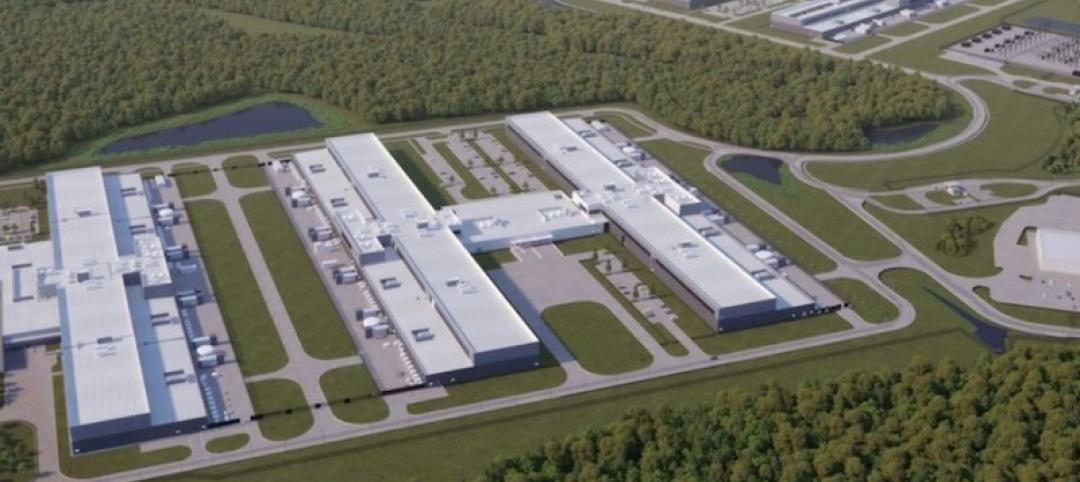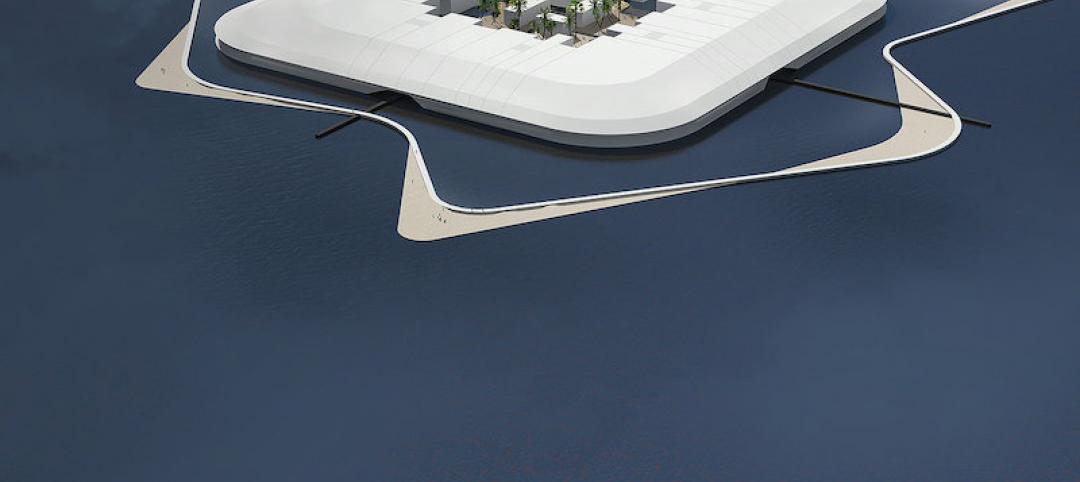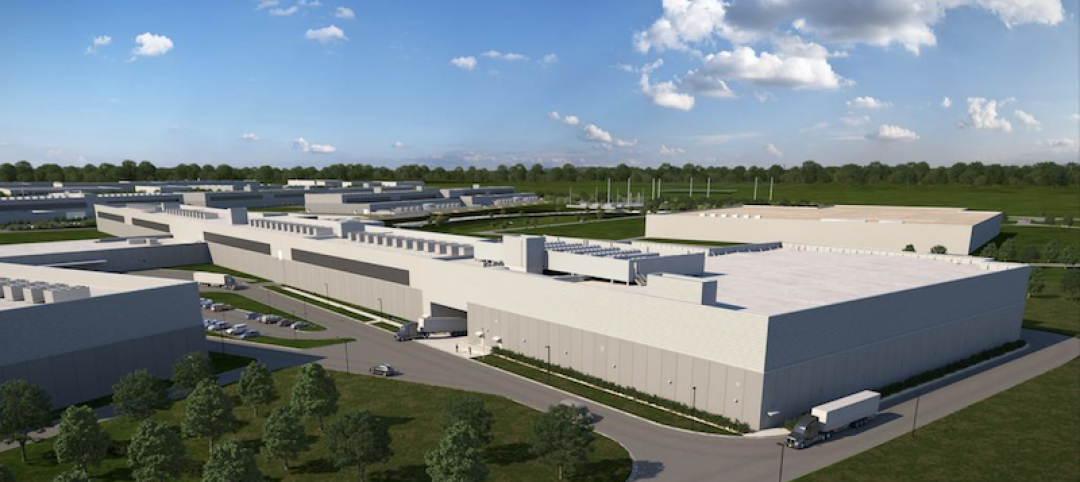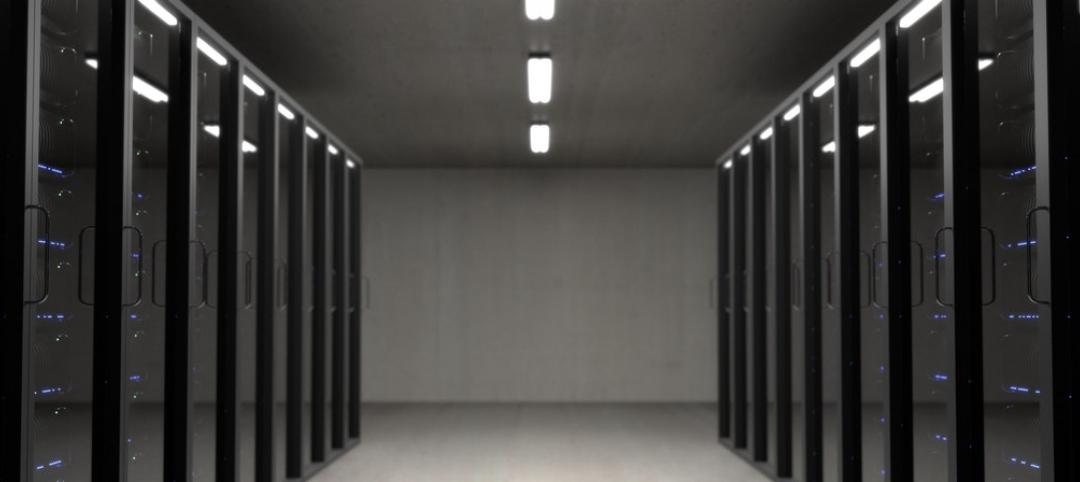There is near universal consensus that the data center market is growing rapidly. In the next five years alone, twice as much data will be generated as created in the past decade, according to Jennifer DiMambro, Global and Americas Science, Industry and Technology Leader, Arup.
According to Darius Shroff, NCARB, CDT, LEED AP BD+C, Project Manager, HDR, the data center market value is projected to reach over $340 billion in 2024, with revenue expected to grow exponentially at a rate of 6.5%—increasing to $438.70 billion by 2028.
Many are in agreement of the market’s growth projections. But while its growth is driven largely by the high-performance computing demand of artificial intelligence (AI), there remains a multitude of limitations hindering the speed of data center delivery.
The influence that AI has on the data center sector cannot be understated. From needing to implement alternative cooling methods to the increased scale of projects under construction, AI has its hand in almost every aspect.
These are 10 of the biggest impacts on the data center market today:
1. Liquid cooling.
Liquid cooling technologies are the biggest trend in the data center market this year—a result of the demand for artificial intelligence. Alternative cooling methods like immersion, direct-to-chip, and rear door heat exchangers are becoming commonplace in data center design as standard air cooling is ill-suited for the increased power demands.
The incorporation of liquid cooling at scale has “the largest impact on data center design and construction at the moment,” according to Gabe Clark, AIA, LEED AP, NCARB, Principal and Data Centers Sector Leader, Corgan.
The rise in liquid cooling is impacting reference designs due to the higher power densities. Building planning and programming, structural loading solutions, and rack densities have been impacted by liquid cooling necessities as well.
2. Sustainability concerns.
One cannot discuss the impact that AI has on the data center market without acknowledging one of its greatest pitfalls: power consumption.
The availability of power is becoming the primary limiting factor for market expansion rather than geographical location, according to Mark Nakatani, AIA, NCARB, LEED AP BD+C, DBIA, Principal and Global Practice Director, Mission Critical, HKS. This has led to an increased concern in sustainability and on-site renewable power generation and storage.
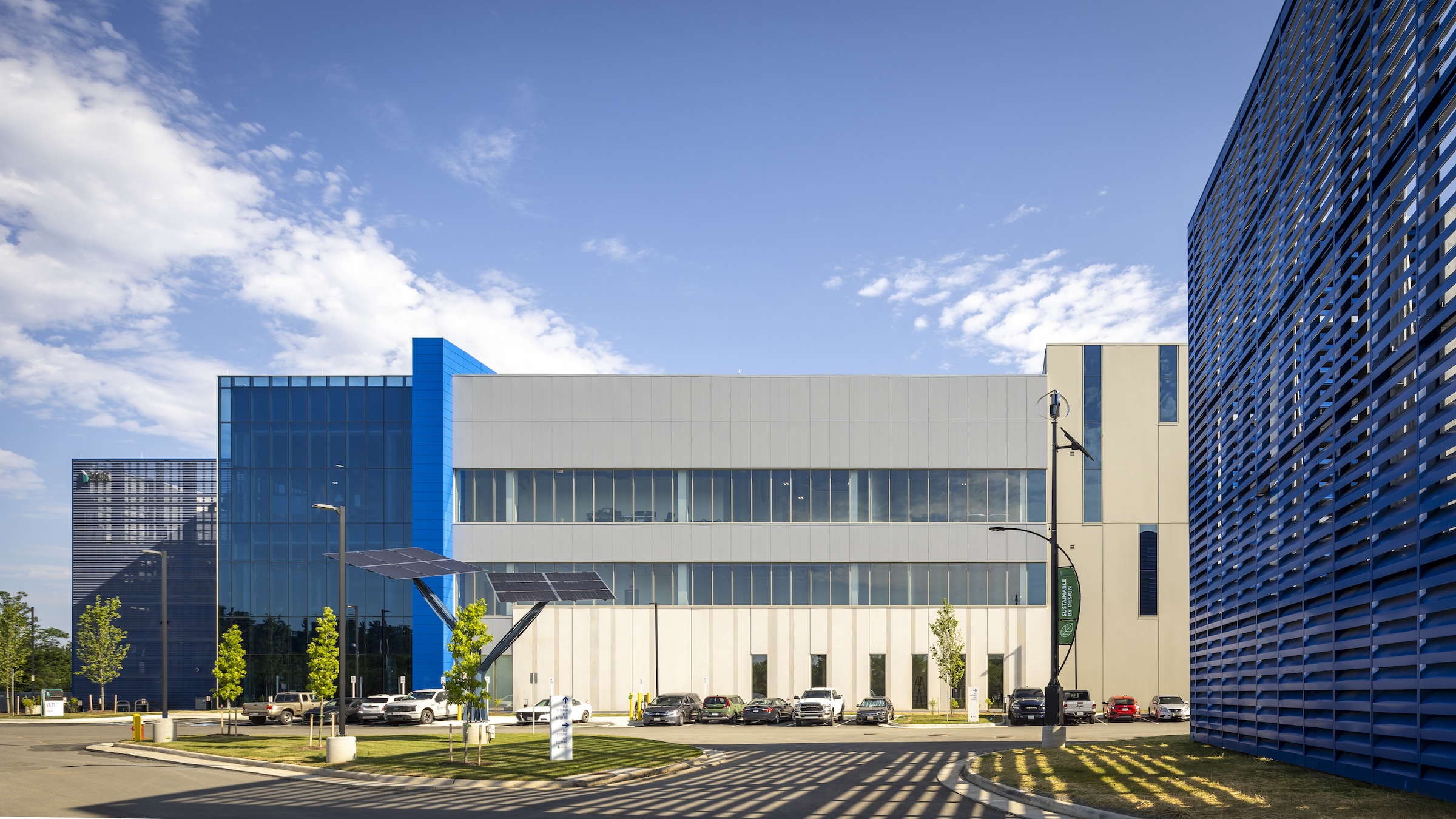
Some firms like Cushing Terrell utilize microgrids and modular battery storage systems to help alleviate these concerns, says the firm’s Principal and Director of Infrastructure, Alan Bronec, PE.
Others have found an increase in integrating renewable energy sources like geothermal, solar, and wind power to reduce carbon footprints, according to Aaron Martens, LEED BD+C, Vice President and Co-Business Unit Leader, Mission Critical, HITT Contracting.
Nuclear-powered data centers are also on the rise. Small modular (nuclear) reactors (SMRs) stand as a green alternative to elevate steady-state power production on the grid, making projects less reliant on non-renewable energy sources.
3. Speed-to-market demands.
Another universal truth about data centers in 2024? They cannot be built fast enough.
“Clients are demanding partners that can deliver on tight schedules and cost requirements,” says Greg Wimmer, Executive Vice President and Data Center Business Unit Leader, Fortis Construction.
Firms are finding ways to speed up the process from design to construction. Alternative delivery methods like prefab and preconstruction, bespoke means of equipment sourcing, and strategic site procurement are “critical factors” when condensing timelines, according to Shroff.
4. Virtual Reality.
In an effort to speed up the construction process, two firms have found success in the use of virtual reality (VR) as a time- and cost-saving benefit.
DPR Construction’s Virtual Design & Construction (VDC) leaders use VR tools for constructability reviews on large-scale data center projects. The firm has found that it helps reduce the cost of rework, requests for information, and change orders associated with operability issues, according to John Arcello, Advanced Technology Core Market Co-Leader, DPR Construction.
Fortis Construction saved an estimated $3 million on a complicated data center project in Singapore by using Resolve software and Meta Quest VR headsets. The team prevented millions of dollars worth of waste in rework costs within a span of three months, according to Wimmer.
5. Increased site evaluations.
One of the biggest impacts on the data center market today is the magnitude of work to be done. For a firm like Arup, there are multiple potential sites being evaluated at any given time for future data center builds.
6. More regional opportunities.
Rather than constructing campuses near dense urban areas, some data centers are moving into rural regions with lower energy costs, colder climates, and less concern on network latency. These areas are typically favorable for producing on-site renewable energy as well, and can meet the elevated power demands of an AI-enabled data center, says Martens.
However, there are still certain regions where data centers are expanding substantially faster than others. Northern Virginia, Ohio, and Oregon continue to see significant growth, according to Sean McNamara, Manager of Preconstruction Services, Performance Contracting Inc.
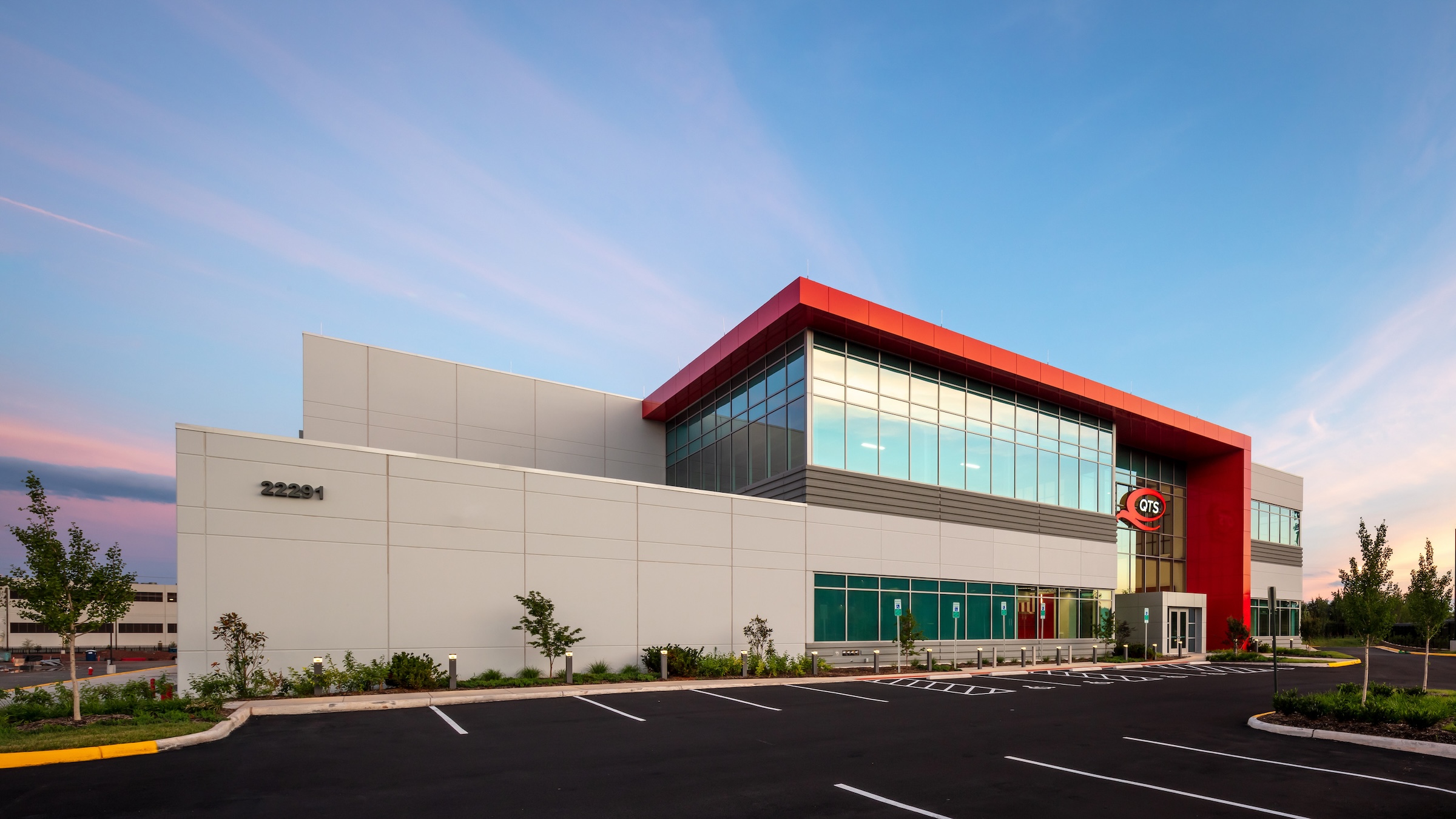
In fact, a large portion of money spent on data center development has landed in central Ohio. According to a Newmark U.S. data center market report, the combination of large swaths of commercial land and low-cost power have provided an advantageous destination for major companies like Google, Amazon, and Microsoft to build data centers.
7. Supply chain challenges.
Supply chain issues continue to delay procurement of essential equipment. Generators, chillers, and transformers continue to impact construction costs and schedules, according to Arcello. Distribution components such as busways, piping, and copper feeders used for data center operations have increased lead times.
“We’ve seen equipment with lead times over two years,” says Jim Gikas, LEED AP BD+C, CEM, CBCP, ATD, Managing Principal, Vanderweil.
8. Data hall density.
The primary focus of many data center designs today includes adequate power distribution and cooling for high-density racks. Because AI workloads—specifically those involving deep learning—require significant computational power, data centers need to be constructed with a smaller building footprint and larger cooling yards, according to Mortenson’s Data Center Solutions’ leaders, Darin Knapp, VP and General Manager, and Steve Knighton, VP and General Manager.
Though Bronec believes there is a lack of certainty in what the end-user power density will be, innovative design solutions have to be made to accommodate the complicated (and perhaps unknown) needs of AI.
Building designs are changing to move equipment into the yard and campus footprints are expanding, with increased fiber network connectivity required for GPU clusters, according to Arcello.
9. New players in the space.
With the sector hot and booming, there are many new players entering the data center space. An increasing number of capital investment firms, developers, and service providers with minimal past experience in the sector are entering the data center business due to its growth, says Gikas.
However, Bronec believes data center developers are struggling to determine what level of investment to make because the electrical service, distribution infrastructure, and complex DLC systems for these high power levels are so expensive.
10. Scale and scope.
Overall, data center campuses are getting larger than ever before. Some projects seek to “divide and conquer” by distributing a data center’s needs across strategically located and designed sites—rather than building a one-size-fits-all hyperscale data center, says Bronec.
These multi-building campus developments are becoming more common in order to support AI demand. Some firms, like DPR, have seen power requirements “to the tune of 200–400 megawatts,” according to Arcello. For others it’s higher, as Brian Schafer, Principal at Highland Associates, is seeing campuses in the one gigawatt size with individual buildings in the range of 500 megawatts.
Related Stories
Giants 400 | Aug 30, 2021
2021 Giants 400 Report: Ranking the largest architecture, engineering, and construction firms in the U.S.
The 2021 Giants 400 Report includes more than 130 rankings across 25 building sectors and specialty categories.
Giants 400 | Aug 26, 2021
2021 Data Center Giants: Top architecture, engineering, and construction firms in the U.S. data center facilities sector
Corgan, Holder Construction, Jacobs, and Whiting-Turner top BD+C's rankings of the nation's largest data center facilities sector architecture, engineering, and construction firms, as reported in the 2021 Giants 400 Report.
Contractors | Jul 23, 2021
The aggressive growth of Salas O'Brien, with CEO Darin Anderson
Engineering firm Salas O'Brien has made multiple acquisitions over the past two years to achieve its Be Local Everywhere business model. In this exclusive interview for HorizonTV, BD+C's John Caulfield sits down with the firm's Chairman and CEO, Darin Anderson, to discuss its business model.
Data Centers | Mar 20, 2021
Japan’s NTT pushes U.S. data center expansion
Two new facilities opened last month, with several others under construction.
Data Centers | Mar 16, 2021
Greener data centers can also be more profitable
A new white paper explores revenue-enhancing ways for data centers to reduce their greenhouse gas emissions.
Data Centers | Feb 18, 2021
Arcari Cimini Architettura designs Data Center Floating Island
The concept looks to create an entire floating city centered around a data center.
Data Centers | Jan 21, 2021
The Weekly show, Jan 21, 2021: Data centers in a pandemic world, and LGBT certification for AEC firms
This week on The Weekly show, BD+C editors speak with AEC industry leaders about LGBT certification for architecture, engineering, and construction firms, and the current state of data centers in a pandemic world.
Giants 400 | Dec 16, 2020
Download a PDF of all 2020 Giants 400 Rankings
This 70-page PDF features AEC firm rankings across 51 building sectors, disciplines, and specialty services.
Data Centers | Dec 9, 2020
COVID-19 pandemic elevates data centers to key priority market for investors
But supply-chain and labor problems could slow deliveries, according to Turner & Townsend’s 2020 report that looks at 40 markets.
Giants 400 | Dec 3, 2020
2020 Data Center Giants: Top architecture, engineering, and construction firms in the U.S. data center facilities sector
Corgan, Jacobs, and Whiting-Turner Contracting Company top BD+C's rankings of the nation's largest data center facilities sector architecture, engineering, and construction firms, as reported in the 2020 Giants 400 Report.




